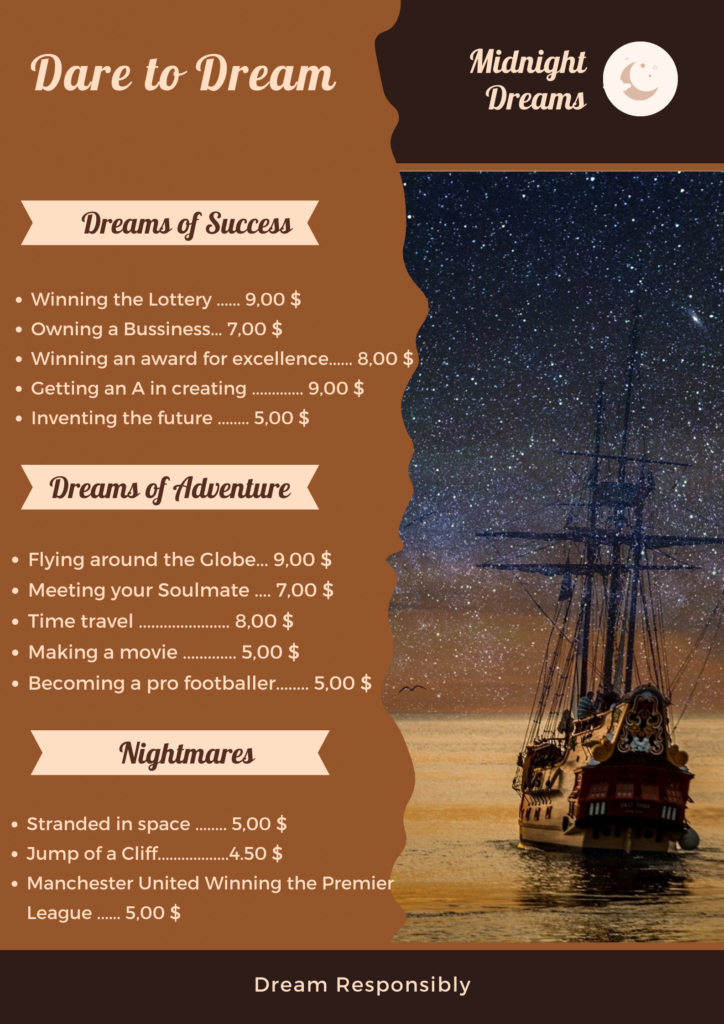The author introduces the concept of lateral thinking, which he claims is a way of generating novel and useful ideas by breaking away from the conventional patterns of thinking. He argues that the human mind is very good at recognizing and communicating patterns, such as names, words, symbols, etc. These patterns are formed by the self-organization of information in the mind, which is a natural and efficient process. However, this process also has limitations, as it tends to resist changing the existing patterns or creating new ones when faced with unfamiliar or contradictory information. The author proposes that lateral thinking is a technique that can overcome these limitations and help the mind restructure information in different ways, leading to new insights and solutions. However, I don’t agree with some of the arguments that the author makes in this chapter. He suggests that lateral thinking can be deliberately applied to any problem or situation, but he doesn’t provide specific examples to support his claim. I think that these claims are too unrealistic, as both types of thinking have their strengths and weaknesses, and they should be used in combination and balance depending on the context and the goal. Therefore, I think that the author should provide more evidence and examples to support his theory and show how it can be practically applied in different domains and scenarios.
Author: Natty Metekie
Studio Visit
I really don’t have much to say about yesterday’s visit. The artist some interesting ideas about thinking about your goal and working for it. I liked the list of questions he answers before doing something, and I took away some points from it, like always finding a way to motivate yourself, doing the things you enjoy, and always thinking outside the box to create something new. I also liked his idea of finding our own definitions for artists and content creators and choosing whichever we prefer. And looking for inspirations from different things in our surrounding. However, most of his ideas were really centered around music, so I couldn’t relate well. Overall, the visit was somewhat insightful, but I believe that Marcus could have done better to make his talk more interesting.
Dreams – 2
One thing I could think of in class to expand my first Dream menu was to create an add for it, so I compiled different snippets from movies and Tv shows to create the following.
Reading Response – 2
In his book “Lateral Thinking: Creativity Step by Step”, Edward Bono introduces a new way of thinking that he calls lateral thinking. He defines it as a process of finding and rearranging patterns in information to generate novel and original ideas. He contrasts it with vertical thinking, which is the conventional mode of thinking that follows a logical and linear path to reach a single correct solution. He argues that lateral thinking is the true source of creativity, while vertical thinking is useful for analyzing and validating existing information. He also claims that most education systems favor vertical thinking over lateral thinking, and thus limit the potential for creative thinking. As a university student, I can relate to his critique of the education system, as I have been trained to think vertically most of the time. I think that vertical thinking is important, but not sufficient, for solving complex and dynamic problems. I would like to learn more about lateral thinking and how it can enrich and diversify my thinking skills.
Make – Dreams
What if dreams were ordered in restaurants like food? I decided to use my Canva skills to create a menu for such a restaurant. Dreamy’s is a unique restaurant that offers customers the chance to experience their dreams. Dream it. Order it. Enjoy it.


Daily Response 1
Kermit the Frog shows us how to be creative by seeing the world with fresh eyes. He says creativity is not just for artists or geniuses, but for anyone who can listen to different voices and viewpoints, even if they come from a talking frog. He says creativity is a freedom of thought in any activity that engages human intelligence. But he also warns us that creativity is not easy. It takes “a ridiculous amount of optimism” and persistence to turn small ideas into big ones. He uses renowned thinkers and creators, such as Michaelangelo and Einstein, to stress his point. These people didn’t just wake up one day with brilliant ideas. They had to work hard and try different things until they found something that actually worked. The most important thing I learned from Kermit’s talk is that creativity needs a “Beginner’s Mind”. It requires one to approach a subject in the same way a child would explore new things. Creativity requires child-like curiosity and optimism. It doesn’t always mean coming up with completely new ideas. It can also be taking multiple perspectives to solve different pieces of the puzzle.
